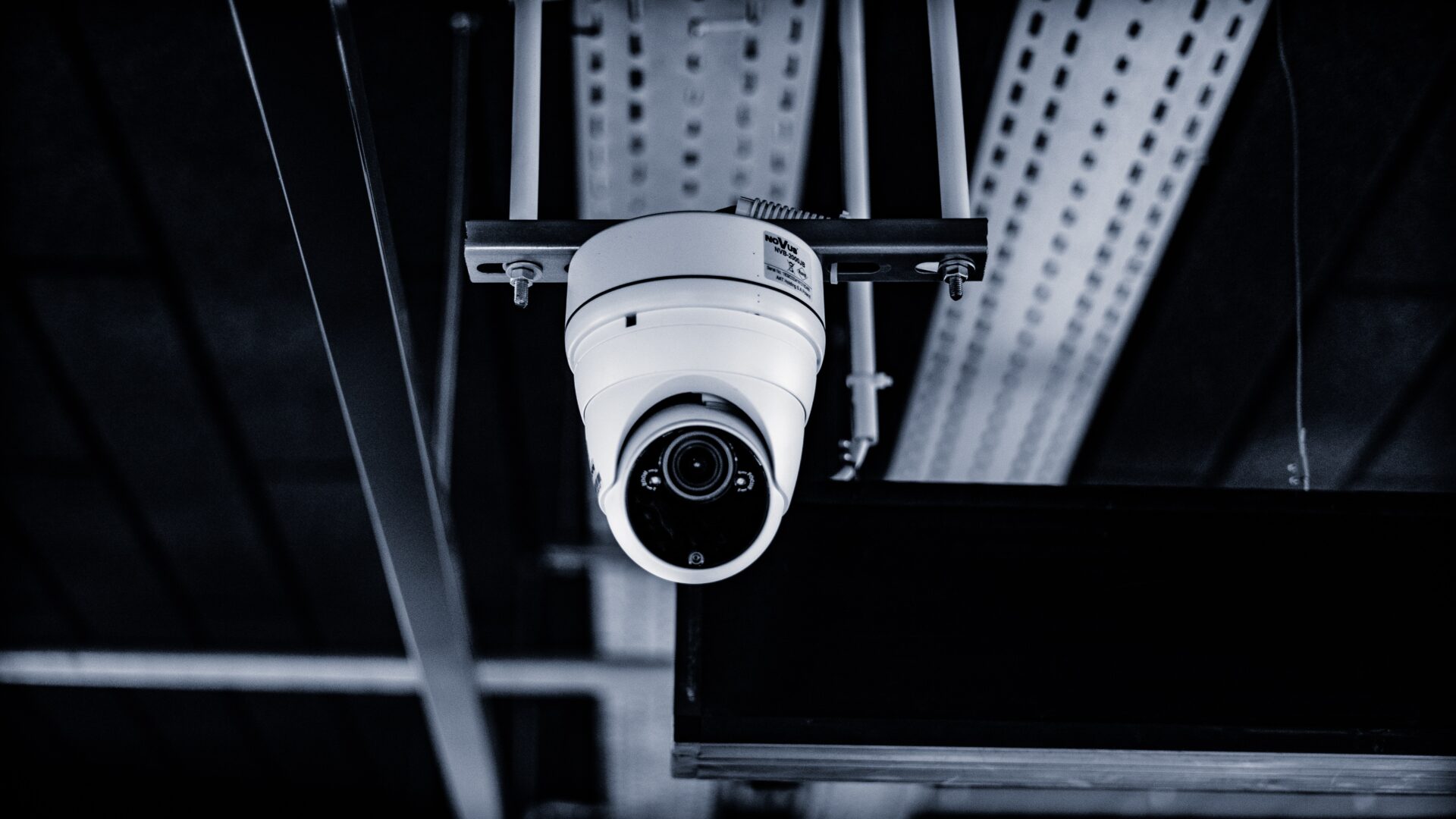Introduction to Artificial Intelligence and Machine Learning
In today’s rapidly evolving technological landscape, the fields of Artificial Intelligence (AI) and Machine Learning (ML) have gained significant prominence, particularly in the realm of cybersecurity. With the increasing sophistication of cyber threats, organizations and individuals alike are turning to AI and ML as powerful tools to safeguard their digital assets. In this article, we will delve into the intricacies of AI and ML in cybersecurity, exploring their roles, applications, and future possibilities.
Understanding Cybersecurity and its Challenges
Before we dive into the realm of AI and ML, it is crucial to understand the concept of cybersecurity and the challenges it poses. Cybersecurity encompasses the practices and measures taken to protect computer systems, networks, and data from unauthorized access, theft, or damage. In today’s interconnected world, where cyber threats are constantly evolving, organizations face numerous challenges in maintaining robust security protocols.
The Role of Artificial Intelligence in Cybersecurity
Artificial Intelligence plays a pivotal role in bolstering cybersecurity defenses. With its ability to mimic human intelligence and perform complex tasks, AI algorithms can analyze vast amounts of data, identify patterns, and detect anomalies in real time. By leveraging AI, organizations can enhance their threat detection capabilities, rapidly respond to attacks, and proactively prevent potential breaches.
The Role of Machine Learning in Cybersecurity
Machine Learning is a subset of AI that enables computers to learn and improve from experience without being explicitly programmed. In the realm of cybersecurity, ML algorithms can analyze historical data, identify patterns, and make data-driven predictions. By continuously learning from new threats and adapting to evolving attack vectors, ML empowers security systems to detect and mitigate emerging cyber risks.
Application of Artificial Intelligence in Detecting Cyber Threats
One of the key applications of AI in cybersecurity is its ability to detect and analyze cyber threats. AI-powered systems can monitor network traffic, identify malicious activities, and distinguish them from legitimate user behavior. By employing various techniques such as anomaly detection, behavioral analysis, and signature-based detection, AI algorithms can swiftly identify potential threats and trigger timely responses.
Application of Machine Learning in Identifying Anomalies and Intrusions
Machine Learning algorithms excel in identifying anomalies and intrusions that may go unnoticed by traditional security systems. By analyzing vast amounts of data and establishing baseline patterns, ML models can flag any deviations or suspicious activities. This enables organizations to proactively respond to potential threats, preventing data breaches and minimizing the impact of cyberattacks.
Enhancing Cybersecurity with Artificial Intelligence and Machine Learning
When AI and ML are combined, they have the potential to revolutionize cybersecurity practices. By leveraging AI’s intelligent decision-making capabilities and ML’s adaptive learning algorithms, organizations can create robust defense mechanisms against a wide range of cyber threats. These technologies can automate security operations, improve incident response times, and enable security teams to focus on high-value tasks.
Ethical Considerations in the Use of AI and ML in Cybersecurity
While the benefits of AI and ML in cybersecurity are undeniable, their use also raises ethical considerations. The potential for biases in AI algorithms, the privacy implications of data collection and analysis, and the impact on human decision-making are some of the key ethical concerns. It is essential for organizations to address these considerations and ensure that AI and ML technologies are deployed responsibly and in alignment with ethical principles.
Future Trends and Possibilities in AI and ML in Cybersecurity
The future of AI and ML in cybersecurity holds immense potential. As cyber threats continue to evolve, AI and ML technologies will become even more sophisticated. We can expect advancements in areas such as predictive threat intelligence, autonomous response systems, and adaptive security frameworks. Additionally, the integration of AI and ML with other emerging technologies like blockchain and the Internet of Things (IoT) will further enhance cybersecurity measures.
Conclusion
In conclusion, the marriage of Artificial Intelligence and Machine Learning with cybersecurity has the potential to revolutionize the way we protect our digital assets. With their ability to analyze vast amounts of data, detect anomalies, and adapt to evolving threats, AI and ML technologies empower organizations to stay one step ahead of cybercriminals. However, it is crucial to navigate the ethical considerations associated with their use. As we look to the future, the evolution of AI and ML in cybersecurity will continue to shape the landscape of digital defense, ensuring a safer and more secure digital ecosystem.




